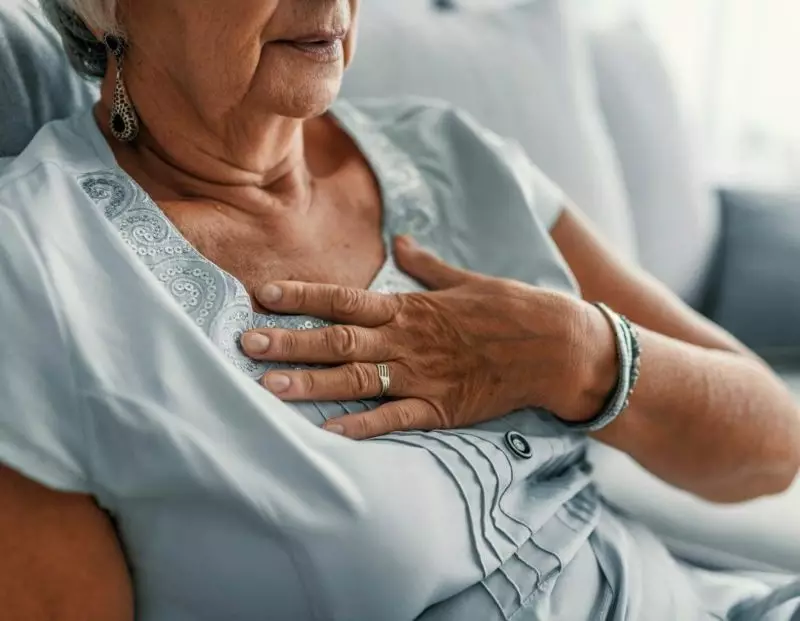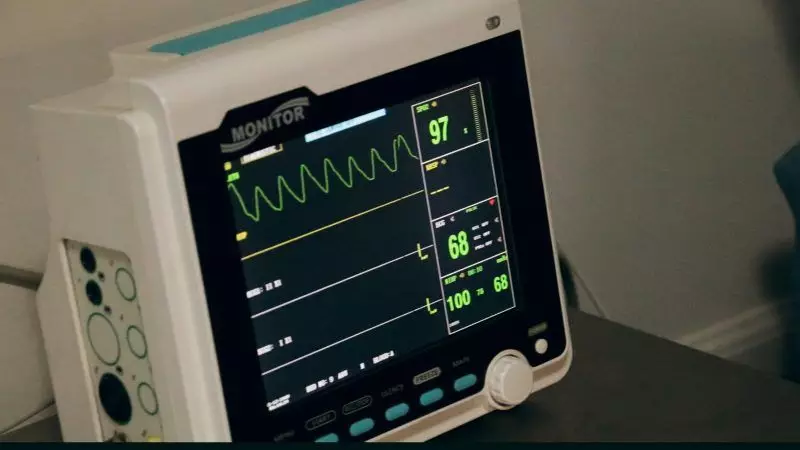
Heart valve defects often go undetected for a long time. They usually appear slowly due to normal wear and tear. Young people can also get hurt – for example, after a heart attack or due to a bacterial disease. Valvular heart disease must be taken seriously and treated appropriately to prevent further damage to the heart.
What is Valvular Heart Disease?
Valvular defects of the heart are lesions of the structure of the valves, the surrounding tissues, and the heart, which disrupt the circulation of blood inside it. This can cause heart failure. The heart has four heart valves that work like valves: They ensure that the blood flows in the right direction and not back. This is how oxygen-poor blood gets into the lungs and oxygen-rich blood into the body to all organs and tissues (An Overview of Heart Valve Disease, n.d.).
A heart valve defect means that one of the four heart valves is no longer working correctly.
- Aortic valve
- Mitral valve
- Tricuspid valve
- Pulmonary valve
Types of Valvular Heart Disease
Doctors mainly differentiate between two types of valvular heart disease:
- The heart valve is leaking and no longer closes properly: heart valve weakness or heart valve insufficiency (short: valve insufficiency)
- The heart valve is narrowed, and no longer opens properly: heart valve stenosis (short: valve stenosis)

The following types of heart valve defects are possible:
- Mitral stenosis (mitral valve stenosis): The mitral valve is narrowed and no longer opens sufficiently.
- Mitral valve insufficiency (mitral insufficiency): Here, the mitral valve is leaking and no longer closes properly.
- Aortic valve insufficiency (aortic regurgitation): The aortic valve is no longer tight. The blood in the artery flows back towards the aortic valve. It is no longer adequately stopped by the leaky heart valve.
- Aortic valve stenosis (aortic stenosis): The aortic valve is narrowed and can no longer open sufficiently.
- Tricuspid valve stenosis (tricuspid stenosis): Because of the narrowed tricuspid valve, the right ventricle no longer fills properly during the relaxation and filling phase of the heart
- Tricuspid valve insufficiency (tricuspid insufficiency): Because the tricuspid valve is leaking, the blood flows from the right ventricle into the right atrium and back into the vena cava during the ejection phase.
- Pulmonary stenosis (pulmonary valve stenosis): A narrowed pulmonary valve is usually congenital and comparatively rare.
- Pulmonary valve insufficiency (pulmonary insufficiency): When the pulmonary valve no longer closes sufficiently, blood flows from the pulmonary artery back into the right ventricle.
Causes
The following are the risk factors and causes of valvular heart disease:
- Age: The heart valves increasingly wear out. The valves on the heart calcify and become more and more immobile over time.
- Congenital heart valve defects, such as deformations or adhesions: the risk of heart valve insufficiency or stenosis increases over the course of life.
- Enlargement of the heart also affects healthy heart valves: The causes can be weakness, inflammation, or circulatory disorders of the heart muscle. Chronic alcohol abuse or certain metabolic diseases can also make the heart grow bigger.
- Acute rheumatic fever
- Previous rheumatic disease
- Bacterial heart valve inflammation (infectious endocarditis )
- A previous heart attack
- Pulmonary hypertension or an enlargement of the pulmonary artery can cause pulmonary valve regurgitation.

Symptoms
A valve defect often causes no symptoms for a long time. Those who suffer from the condition may not notice that their heart valve is leaking and not closing sufficiently or has narrowed and no longer opens properly. The symptoms of valvular heart disease always depend on how severe the condition is and which of the four heart valves is affected. Most people have damage to the mitral valve or aortic valve. Valvular heart disease can have the following symptoms:
- Shortness of breath – initially only during physical exertion, later also at rest
- Fatigue
- Limited performance, performance kink
- Fast and often irregular pulse – usually with a stenosis of the mitral valve
- Chest tightness or pain
- Sometimes dizziness
- Brief fainting spells
- Rattling audible noises in the lungs – when the mitral valve is leaking from an infection
- Fluid build-up in the abdomen (ascites) and water build-up in the ankle and lower leg (edema) when the pulmonary or tricuspid valve is diseased.
How Is Heart Valve Disease Diagnosed?
In addition, the cardiologist can display blood flow in the heart graphically in color and with acoustic noise. Thus, even complex heart valve defects can be accurately diagnosed. In addition, cardiac MRI is well suited for assessing valve functionality. For some more detailed examinations, the use of a cardiac catheter is recommended in rare cases(Maganti et al., 2010).

Treatment
Medicines may be used to manage the symptoms if the condition isn’t too severe. If severe damage to the valve results in serious symptoms, then a doctor will recommend surgery. There are different types of surgery, which depend on the cause of the disease and the valve involved(Lindman et al., 2020).
The surgical procedures may include:
- Heart valve reconstruction: This is where the damaged heart valve is repaired during surgery.
- Heart valve replacement: Here, the damaged valve is replaced with a new one. There are mechanical and biological heart valves.
- Balloon valvuloplasty: This procedure can be used with a cardiac catheter for pulmonary and mitral stenosis. The constriction is expanded with a balloon, and the deposits are removed.
- Catheter-assisted aortic valve replacement: For catheter-assisted aortic valve replacement, access is either through the groin or the apex of the heart.
- Mitraclip for mitral valve insufficiency: Mitraclip placement is a minimally invasive reconstructive procedure for mitral valve insufficiency.
Prevention
Smoking is another leading cause. It not only increases the overall risk for cardiovascular disease but may also damage the heart valves. Avoid smoking to prevent problems with your heart valves.








